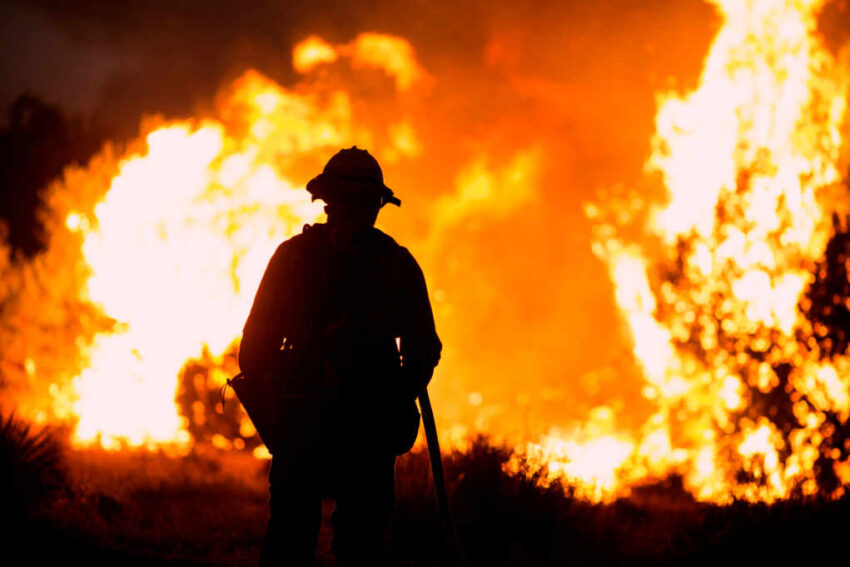A sweeping wave of smoke from over 700 Canadian wildfires has pushed into the U.S., triggering widespread air quality alerts and prompting public health advisories across multiple states.
At a Glance
- Over 700 active wildfires burning in Canadian Prairie provinces
- More than 6.6 million hectares have burned so far in 2025
- Smoke plumes affecting air quality across Midwest and Northeast U.S.
- AQI levels have reached “Unhealthy” and “Very Unhealthy” categories
- Public health agencies recommend indoor sheltering and N95 mask use
Massive Wildfire Activity in Canada
Canada’s 2025 wildfire season is one of its most destructive on record, with over 6.6 million hectares (roughly 16 million acres) scorched by more than 700 fires. The majority of these blazes are concentrated in the Prairie provinces of Saskatchewan and Manitoba, and roughly two-thirds are classified as “out of control” by the Canadian Interagency Forest Fire Centre.
Meteorologists cite persistent dry conditions and elevated summer temperatures as key drivers behind the scale and intensity of the fires. These environmental factors have created ideal ignition and spread conditions across vast tracts of forest and grassland.
Watch now: Canada Wildfires Prompt Air Quality Alerts · FOX Weather
U.S. Regions Under Alert
The smoke has drifted southward into the United States, blanketing large portions of the Midwest and Northeast in a thick haze. States including Wisconsin, Michigan, Minnesota, Illinois, Indiana, New York, Vermont, New Hampshire, and Maine have issued air quality warnings. Cities from Detroit to New York City have reported Air Quality Index (AQI) readings in the “Unhealthy” to “Very Unhealthy” range, with values exceeding 150 in several areas.
Public health agencies have urged residents—particularly vulnerable groups such as children, the elderly, and those with respiratory conditions—to stay indoors. The presence of fine particulate matter (PM₂.₅) in the air poses short- and long-term health risks, including respiratory inflammation and increased cardiovascular stress.
Health Concerns and Mitigation Measures
Hospitals and clinics across affected areas have reported increased visits for respiratory issues, fatigue, and eye irritation. Pediatric clinics in the Great Lakes region noted a sharp rise in asthma-related appointments over the past 48 hours. Authorities are encouraging residents to use air purifiers, keep windows closed, and wear certified N95 masks when venturing outdoors.
Flight operations have also been affected. Airports such as Boston’s Logan International have experienced visibility-related delays due to dense smoke layers lingering near the surface. The Federal Aviation Administration issued advisories citing poor visual conditions across the I-95 corridor.
Meteorological Conditions and Forecast
A stationary high-pressure system over the eastern United States is acting as a lid, trapping smoke near the ground and preventing dispersion. This phenomenon, known as atmospheric stagnation, is expected to keep air quality in the hazardous range for several days. Some reprieve is anticipated later in the week, as shifting wind patterns could push the smoke plume eastward and dilute its concentration.
Nonetheless, public health officials warn that intermittent relief will not eliminate the broader risk. The scale and duration of the 2025 Canadian fire season suggest that episodic air quality issues may persist through late summer unless fire activity diminishes significantly.
Sources
Click this link for the original source of this article.
Author: Editor
This content is courtesy of, and owned and copyrighted by, https://deepstatetribunal.com and its author. This content is made available by use of the public RSS feed offered by the host site and is used for educational purposes only. If you are the author or represent the host site and would like this content removed now and in the future, please contact USSANews.com using the email address in the Contact page found in the website menu.








